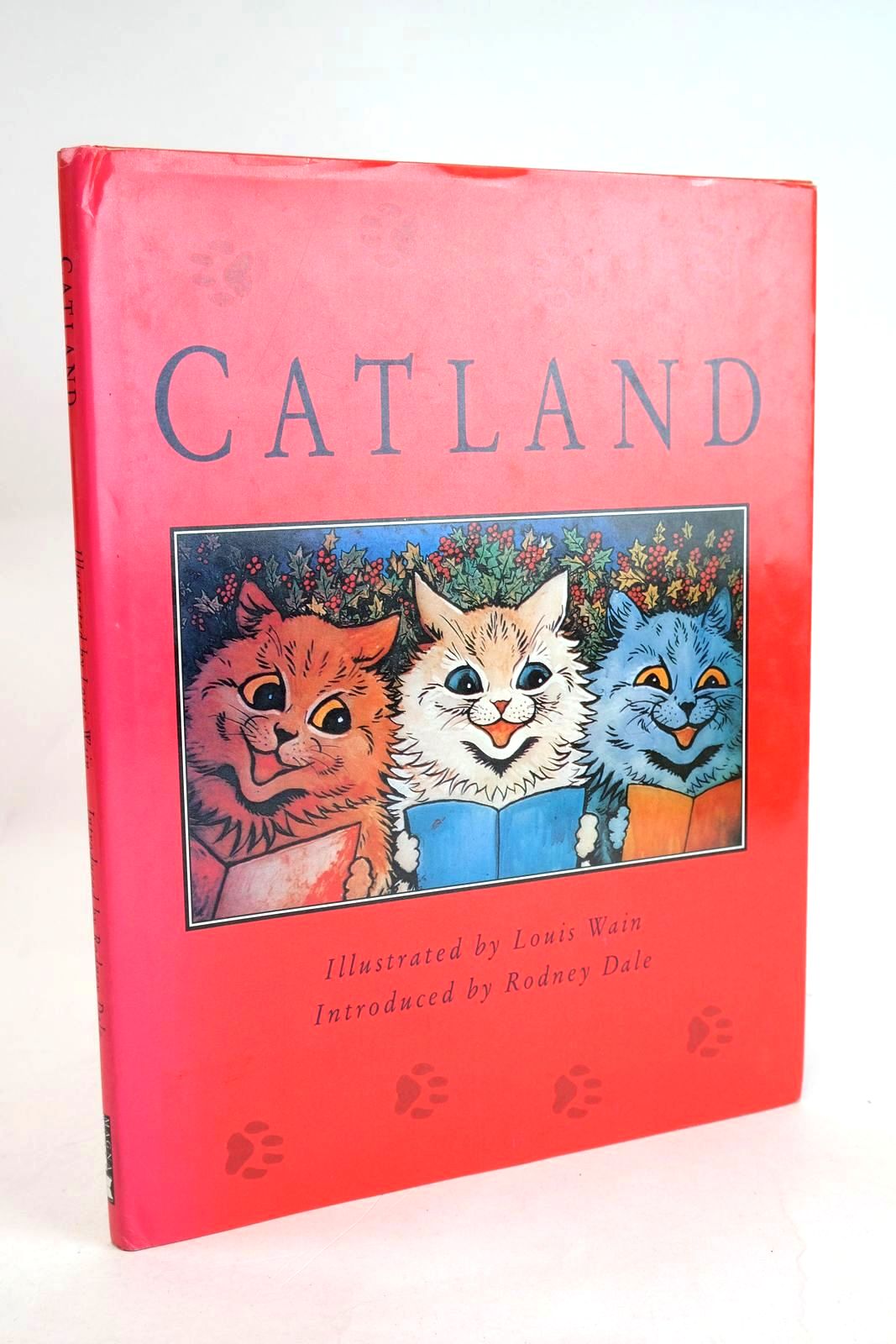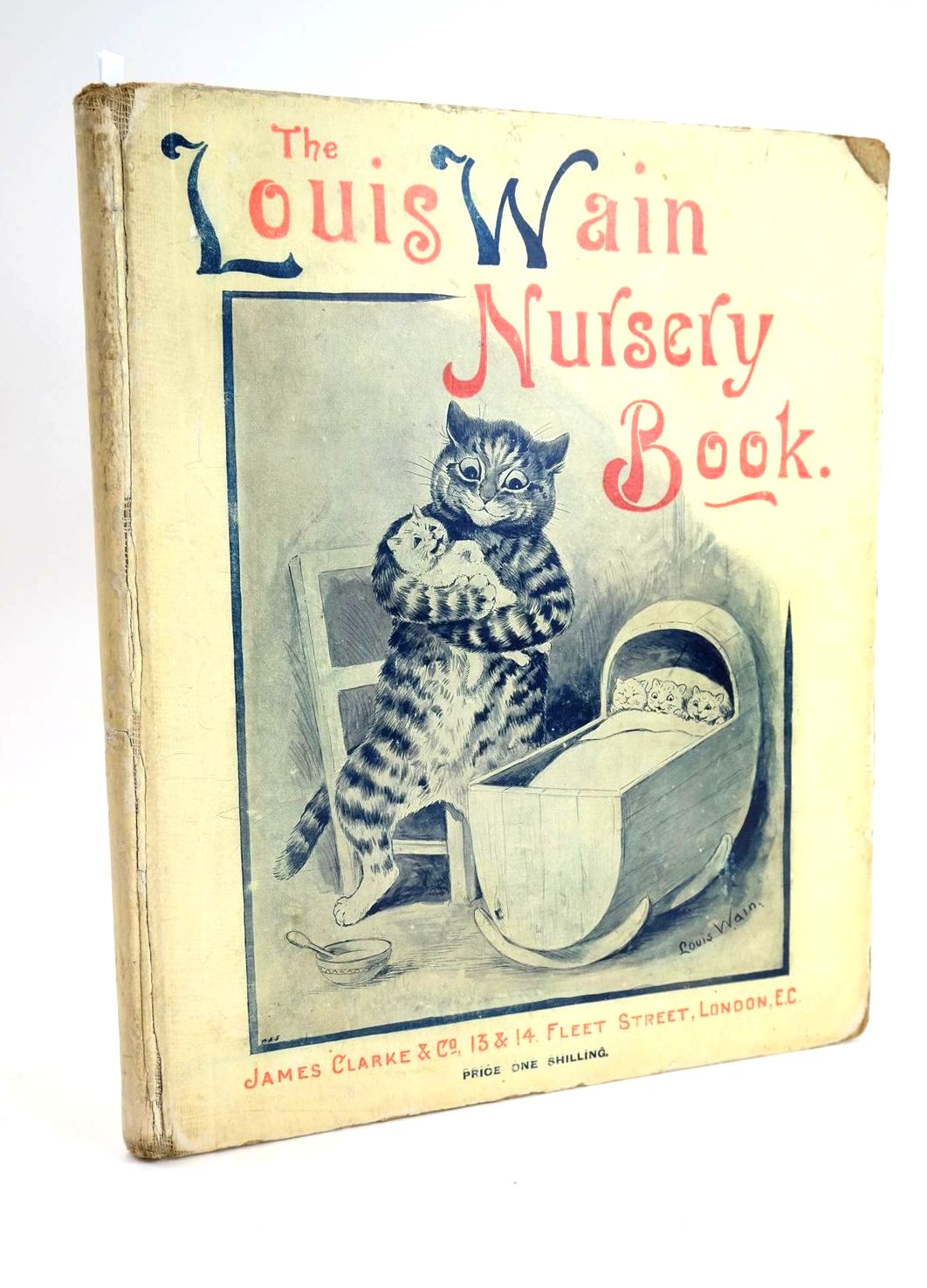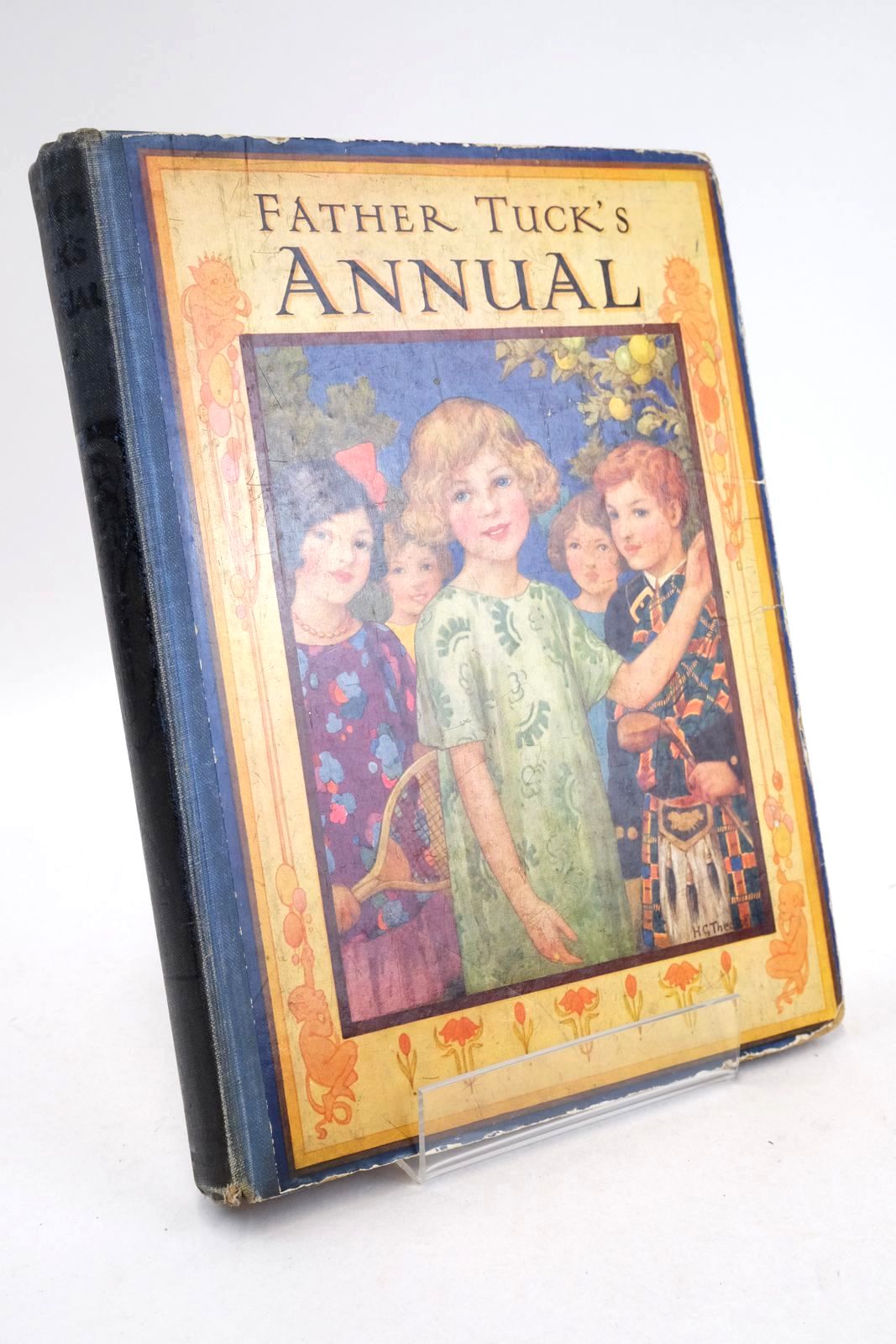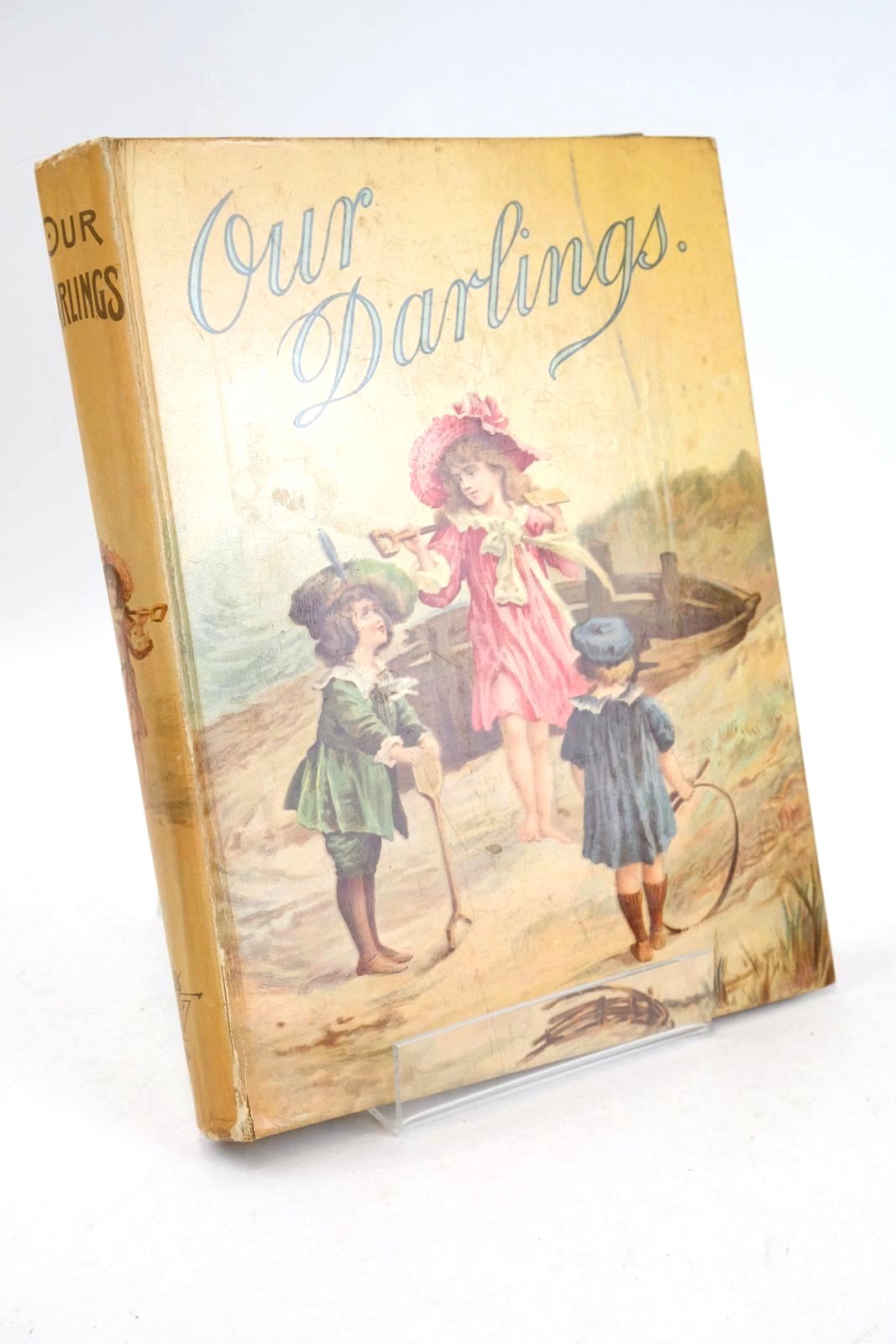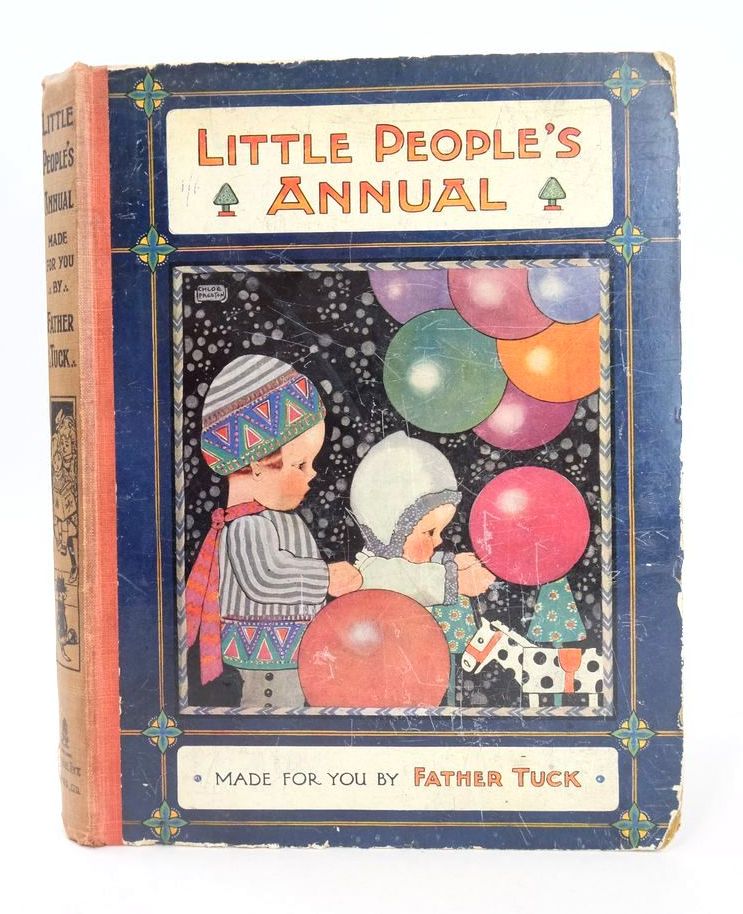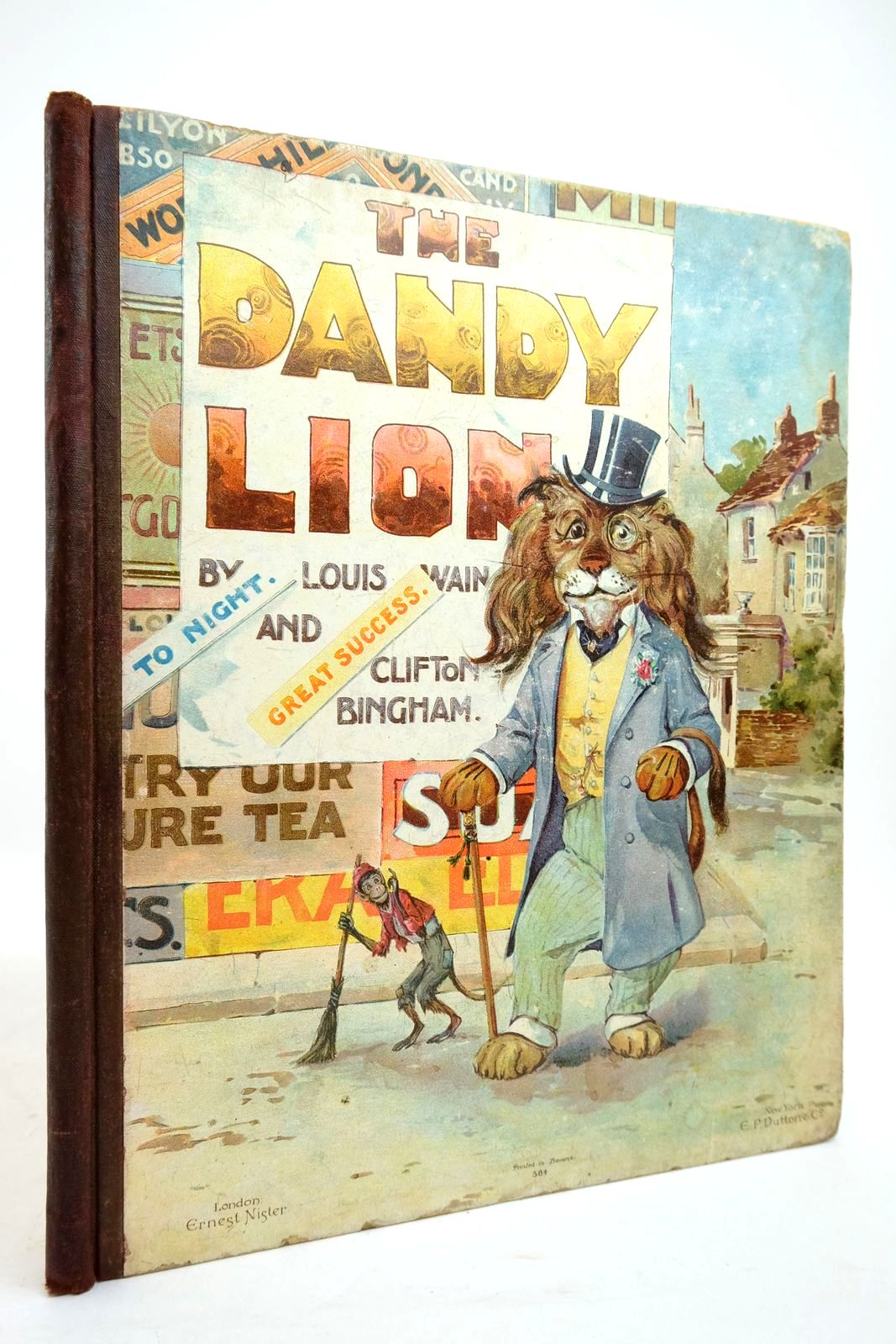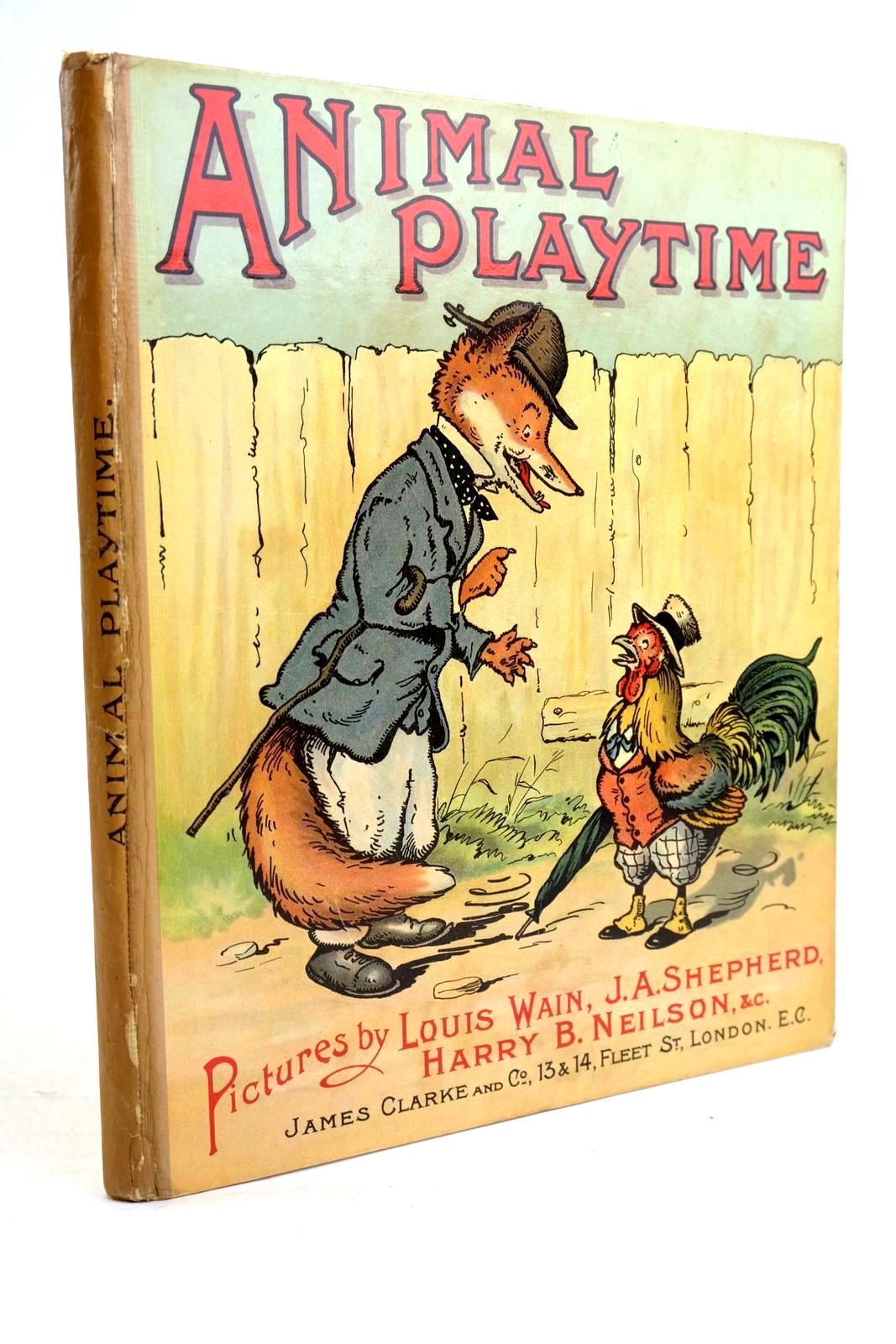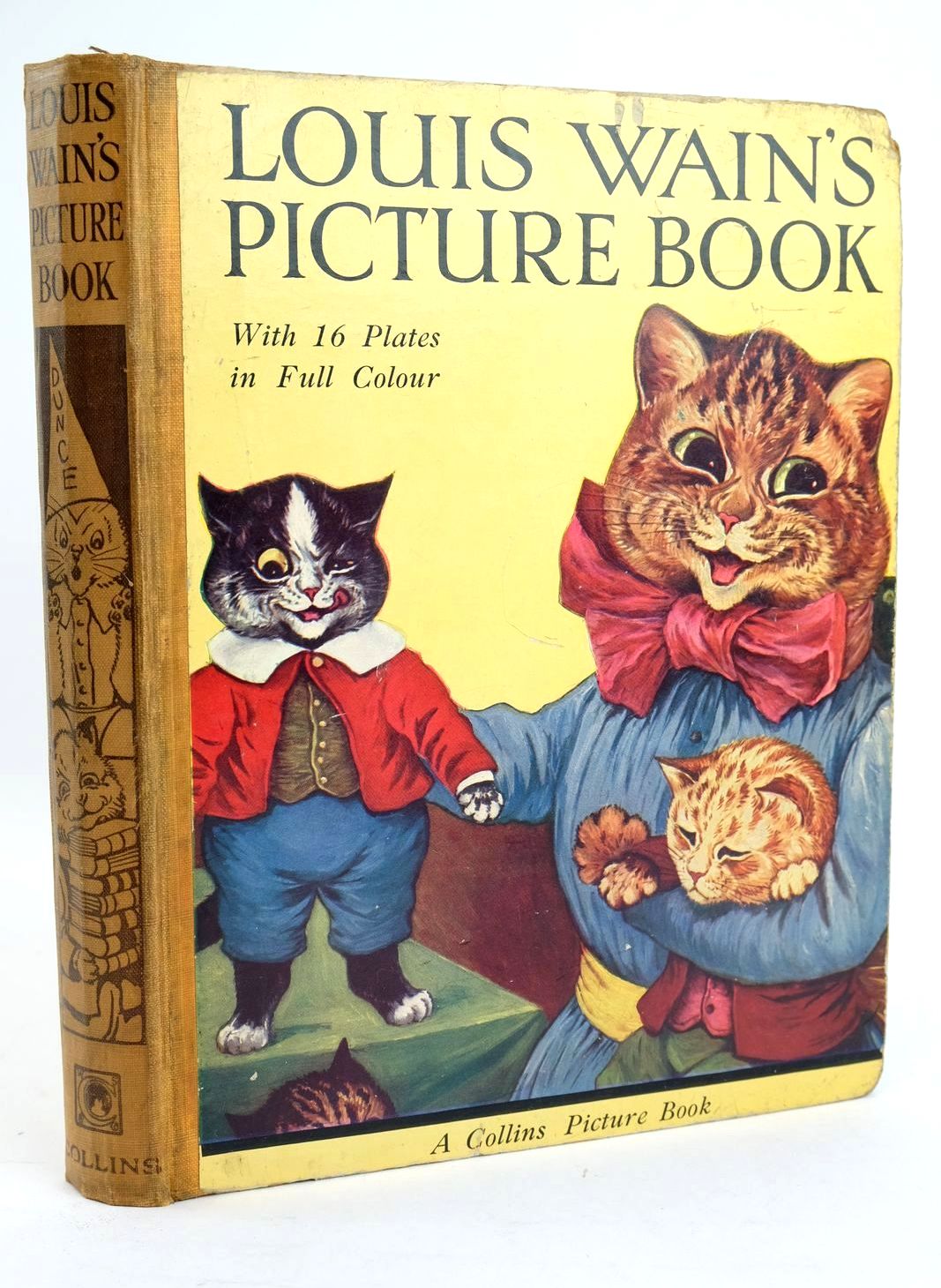Louis Wain - Cat Book Illustrator
 Louis Wain was born 5th August 1860, the eldest child of Roman Catholic parents who were employed in the textile industry. He was what was termed a 'sickly child'. He had a hare lip, and in his twentieth year he grew a moustache which he kept for the rest of his life; because of this it was hardly noticeable.
Louis Wain was born 5th August 1860, the eldest child of Roman Catholic parents who were employed in the textile industry. He was what was termed a 'sickly child'. He had a hare lip, and in his twentieth year he grew a moustache which he kept for the rest of his life; because of this it was hardly noticeable.
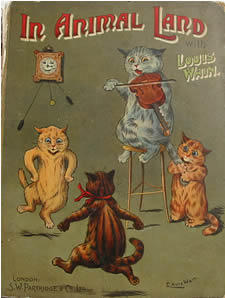 His first ambition was to have a career in music for which he claims he started a career as a violinist. He abandoned this in his mid-teens and signed up for the West London School of Art in 1877. There he studied until 1880 and then stayed on for a further three years as a teacher. Wain then decided to become an artist and left home to earn his own living. Wain's first published drawing was 'Bullfinches on the Laurels' featured in 'Illustrated Sporting and Dramatic News' on 10th December 1881 under the erroneous title 'Robin's Breakfast'. He then joined the magazine on a permanent basis reporting on animal and agricultural shows around the country. Over the next few years, the magazine printed numerous black and white drawings by Wain including his first sketch 'Odd Fish' in 1883, and what was probably his earliest published cat picture 'Our Cats: A Domestic History'.
His first ambition was to have a career in music for which he claims he started a career as a violinist. He abandoned this in his mid-teens and signed up for the West London School of Art in 1877. There he studied until 1880 and then stayed on for a further three years as a teacher. Wain then decided to become an artist and left home to earn his own living. Wain's first published drawing was 'Bullfinches on the Laurels' featured in 'Illustrated Sporting and Dramatic News' on 10th December 1881 under the erroneous title 'Robin's Breakfast'. He then joined the magazine on a permanent basis reporting on animal and agricultural shows around the country. Over the next few years, the magazine printed numerous black and white drawings by Wain including his first sketch 'Odd Fish' in 1883, and what was probably his earliest published cat picture 'Our Cats: A Domestic History'.
 In 1884 Wain fell out of favour of his family by marrying his four sisters' governess, Emily Richardson who was ten years older than him. This was to be a short, tragic affair. Shortly after the wedding, Emily developed breast cancer and died three years later. To amuse his wife during her illness, Wain bought a kitten called Peter which he spent hours sketching thus developing his work.
In 1884 Wain fell out of favour of his family by marrying his four sisters' governess, Emily Richardson who was ten years older than him. This was to be a short, tragic affair. Shortly after the wedding, Emily developed breast cancer and died three years later. To amuse his wife during her illness, Wain bought a kitten called Peter which he spent hours sketching thus developing his work.
At the time, there was little demand for cat illustrations and his drawings were kept for private use only. Cats were held in low esteem and it is no exaggeration to say that today's popularity of the cat is due, in part, to Louis Wain.
 In 1886, Wain was asked by Macmillans to illustrate a children's book entitled 'Madame Tabby's Establishment'. The results proved popular and encouraged Illustrated Sporting and Dramatic News to ask Wain to produce a double page cat drawing for the Christmas Issue. The result was 'A Kitten's Christmas Party' containing over 150 cats and took Wain nearly two weeks to complete. Almost overnight, Wain became one of the most popular illustrators of the day.
In 1886, Wain was asked by Macmillans to illustrate a children's book entitled 'Madame Tabby's Establishment'. The results proved popular and encouraged Illustrated Sporting and Dramatic News to ask Wain to produce a double page cat drawing for the Christmas Issue. The result was 'A Kitten's Christmas Party' containing over 150 cats and took Wain nearly two weeks to complete. Almost overnight, Wain became one of the most popular illustrators of the day.
 As time passed, Wain's cats became increasingly human in their behaviour and appearance. 1890 was a pivotal year, according to his biographer Rodney Dale, when his cats began to walk on their hind legs, don fancy neckwear, and sport monacles and walking sticks. They became more and more uncatlike and more like naughty children. Wain was to produce around 600 cat drawings each year in the 1890's for books, postcards, magazines and the occasional advertisement.
As time passed, Wain's cats became increasingly human in their behaviour and appearance. 1890 was a pivotal year, according to his biographer Rodney Dale, when his cats began to walk on their hind legs, don fancy neckwear, and sport monacles and walking sticks. They became more and more uncatlike and more like naughty children. Wain was to produce around 600 cat drawings each year in the 1890's for books, postcards, magazines and the occasional advertisement.
1890 saw Louis Wain elected as the President of the National Cat Club. He went on to gain a somewhat undeserved reputation as a expert in the species. Wain had a fascination with electricity and some of his theories were bizarre. For example, his assertion that the build-up of electricity in cat's fur gave it a tendency to face, and even travel north, as a magnet does!
Wain's career was still flourishing in 1900. By this time he should have been a very wealthy man indeed. Should have but wasn't. Few could be more incompetent with money than Wain and as such, this led to his downfall. Wain never had the confidence to negotiate the fees and royalties he deserved. He invariably sold the rights to his drawings, losing thousands of pounds in revenue. Thus, Wain was always short of cash.
 Between 1900 and 1910, a huge number of books appeared with titles such as: The Louis Wain Nursery Book, The Louis Wain Kitten Book, With Louis Wain in Fairyland. Having Wain's name on the front cover, virtually guaranteed high sales.
Between 1900 and 1910, a huge number of books appeared with titles such as: The Louis Wain Nursery Book, The Louis Wain Kitten Book, With Louis Wain in Fairyland. Having Wain's name on the front cover, virtually guaranteed high sales.
Despite phenomenal success, money troubles start to build up. In 1907 he was sued for debt in Kent County Court and lost. He set sail for America to avoid the scandal, intending to be gone for no more than four months. Once in America, he was offered a job by Hearst Newpapers drawing comic strips and eventually stayed for over two years. He left America following the death of his mother in early 1910.
Wain had hoped to make his fortunes in America. However, he foolishly invested all his money in a 'wonder invention' which was never developed due to the outbreak of World War I. He returned home financially worse off than when he left England two years earlier.
Back in England, Wain was forced to work harder than ever to keep his head above the water. Wain's career began to decline. War meant that he only illustrated six books between 1914 and 1918. Demand began to pick up again in the early 20's but never regained the popularity it enjoyed in the Edwardian era.
Wain's reputation as an eccentric helped to obscure the fact that his mind was failing. After the War, his delusions became ever more bizarre. For instance, he became convinced that his sisters were stealing his money, and that he was surrounded by a group of spirits who were filling him full of electricity. Eventually he became violent, actually throwing one of his sisters down the stairs of their home in Kilburn. The result was that on 16th June 1924, Wain was certified insane and admitted to the pauper ward of Springfield Hospital, Tooting, before being moved to Bethlem Royal Hospital.
This was not quite the end of Wain's career. A year later, bookseller Dan Rider was visiting the hospital and noticed Wain drawing his cats. He set about publicising his plight, setting up the Louis Wain Fund.
In his last days, Wain was confined to his bed, almost completely incoherent and isolated, he shouted loudly when approached for necessary attentions. He died of kidney failure and hardened arteries on 4th July 1939, a month before his 79th birthday.
Contributed by Sonia Bryant
Information gathered from Book and Magazine Collector article by Kevin Nudd, August 1992 No.101 and "Louis Wain The Man Who Drew Cats" by Rodney Dale (Wain's biography).
(Published on 30th Oct 2013 )



